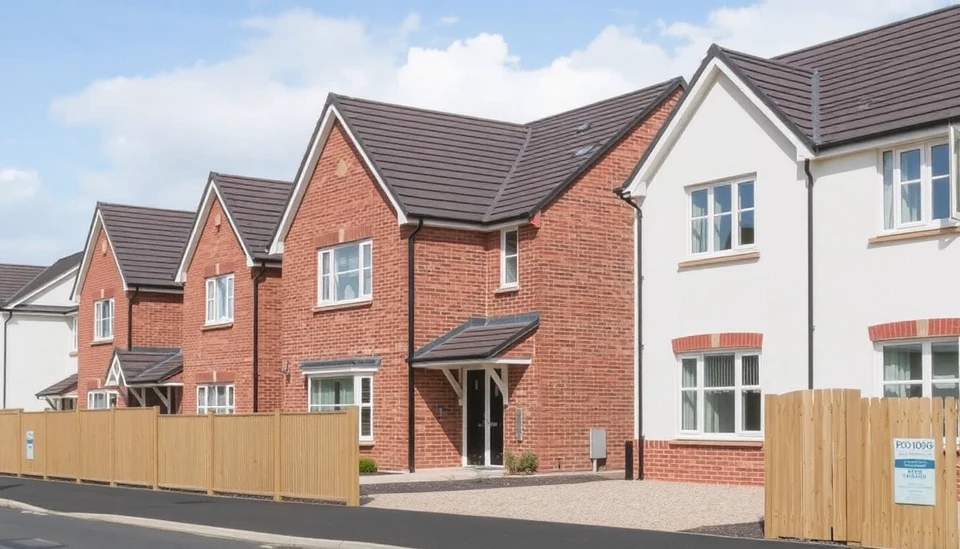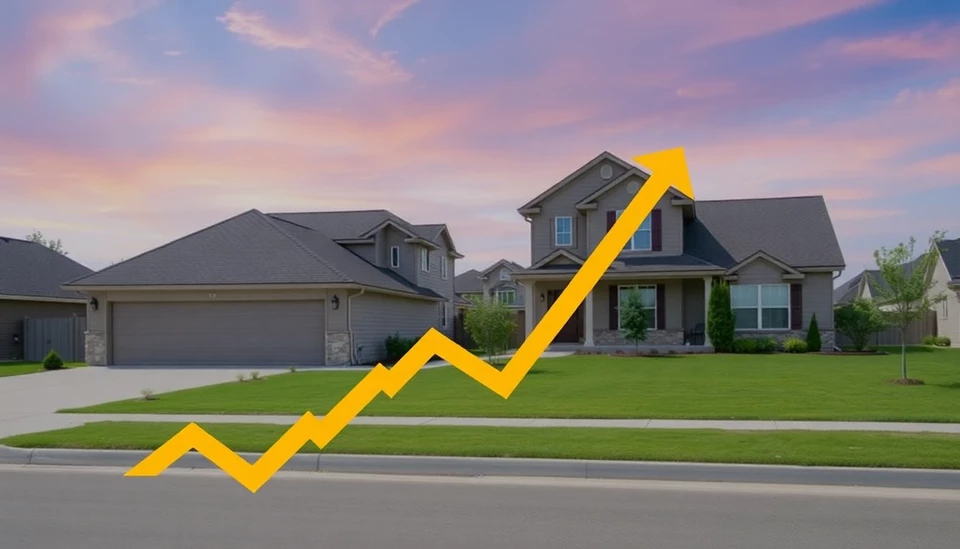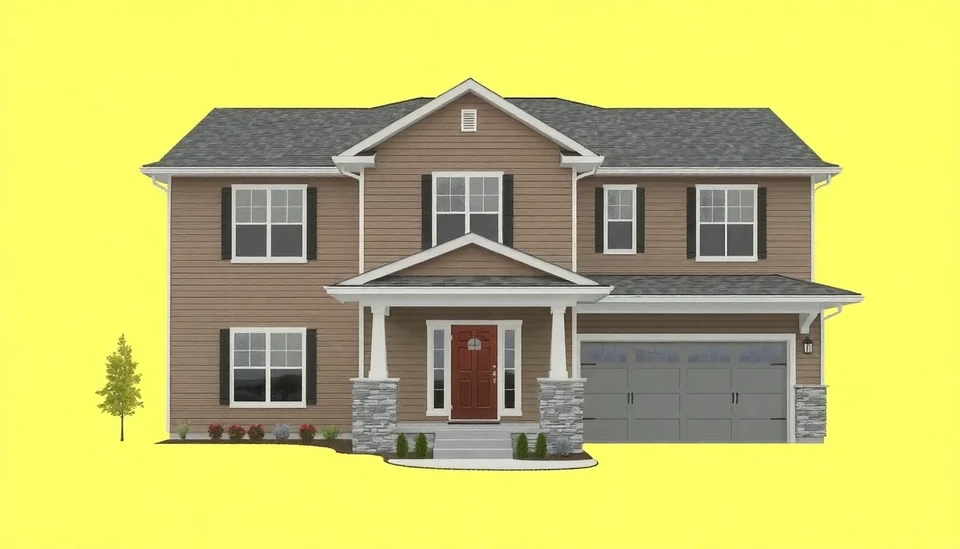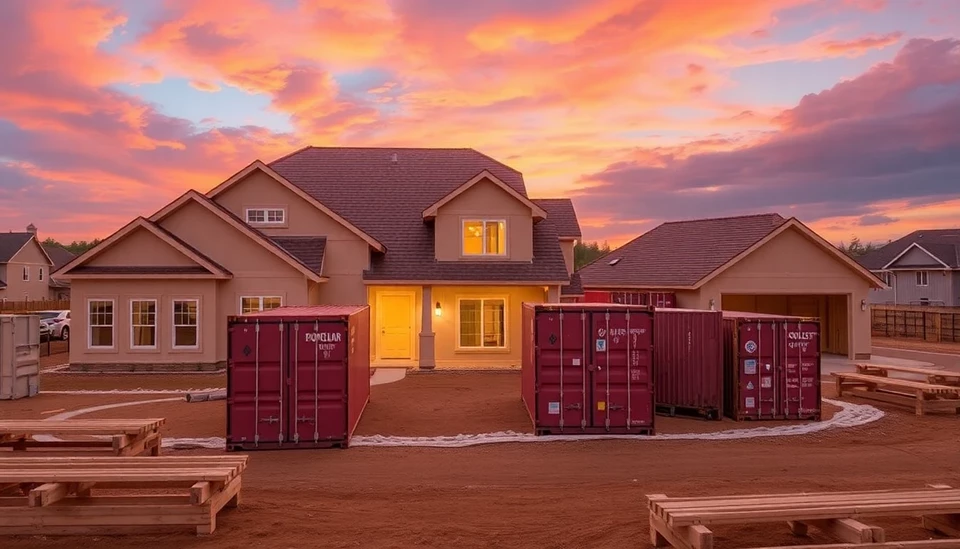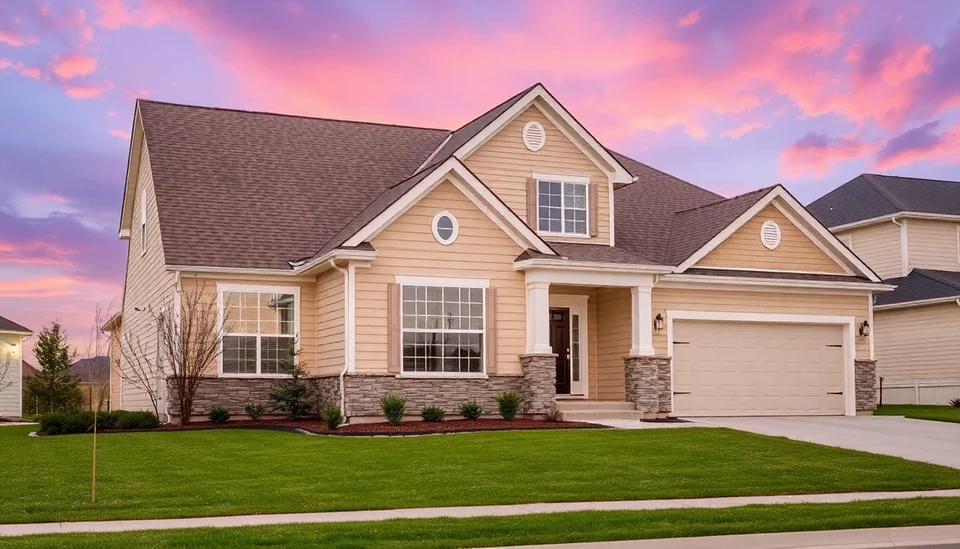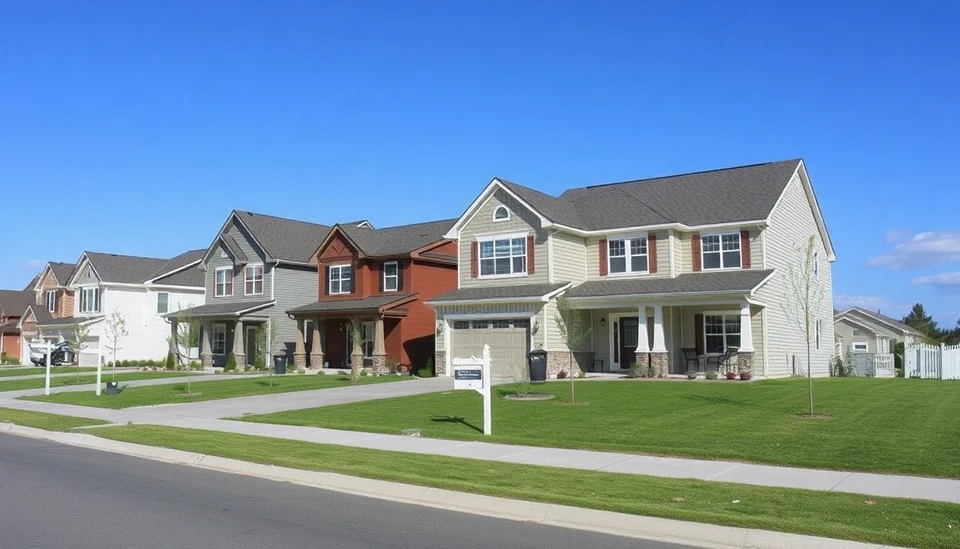
In a concerning development for the real estate market, US homebuilders are experiencing a decline in sales expectations as financing costs continue to rise. This shift is expected to impact the dynamics of the housing industry, causing potential ripple effects in both home prices and inventory levels.
According to recent reports, builders have become increasingly wary of the market conditions that are shaping their sales forecasts. With mortgage rates soaring above levels seen in previous years, home buyers are finding it increasingly difficult to afford new homes, leading to a significant slowdown in demand. Builders are grappling with the implications of these higher costs, which ultimately threaten to squeeze their profit margins.
The National Association of Home Builders (NAHB) released its latest survey results, indicating that builder sentiment has dipped as expectations for future sales have shifted downwards. The sharp rise in financing costs is a primary driver of this decline, as builders express concern about their ability to attract buyers in such a precarious financial environment.
Additionally, the median home price continues to climb, exerting additional pressure on potential buyers who are already facing the implications of high-interest rates. As a result, profitability for many builders is at risk, which could lead to reduced construction activity in the coming months. Many industry watchers are voicing apprehension that if this trend continues, it could exacerbate the existing housing supply crisis, further limiting options for buyers.
Moreover, many builders are reconsidering their strategies in light of the new economic landscape. Some are temporarily halting projects or scaling back on new developments while they reassess the viability of their investments. The broader implications could lead to rising unemployment within the construction sector, should the trend of declining sales expectations persist.
Nevertheless, some industry analysts remain optimistic, suggesting that adjustments in pricing strategies and flexible financing options could help stabilize the market. They argue that as the economy evolves, both builders and buyers may find middle ground that would benefit the housing market. However, it is crucial for stakeholders to remain vigilant as these challenging markets can be unpredictable.
The conclusion is clear: while builders adapt to rising financing costs and shifting consumer behavior, the future of the US housing market hangs in the balance. The next few months will be critical in determining how these trends unfold and what they ultimately mean for homebuyers and builders alike.
Stay tuned as we continue to monitor developments in this space, providing updates and insights on this evolving situation.
#Homebuilders #HousingMarket #FinancingCosts #RealEstate #HomeSales #Economy #ConstructionIndustry
Author: Rachel Greene
